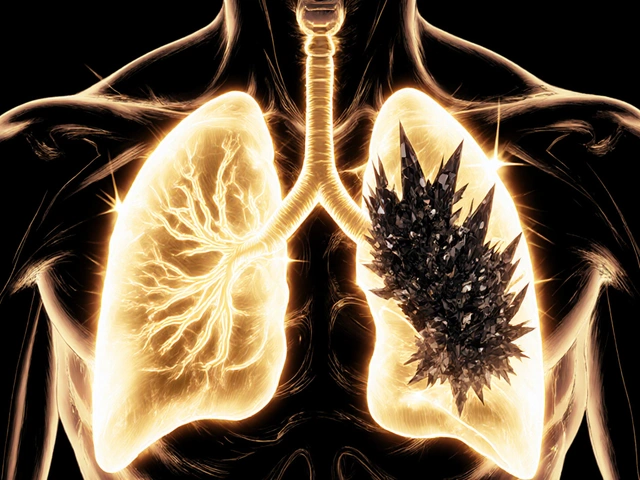Salt: What It Is, Why It Matters, and How to Use It Wisely
Salt is the common name for sodium chloride, the mineral that makes food taste salty. Your body needs a little bit of sodium to keep fluids balanced, nerves firing, and muscles working. Most people get enough from the foods they eat, but many also get too much, which can raise blood pressure and strain the heart. Understanding the right amount and where it hides in your meals helps you stay healthy without giving up flavor.
How Much Salt Should You Eat?
The everyday recommendation for adults is about 2,300 mg of sodium, which is roughly one teaspoon of table salt. If you have high blood pressure, diabetes, or kidney issues, doctors often suggest cutting that down to 1,500 mg. A quick way to check your intake is to read nutrition labels – look for “sodium” and add up the numbers from everything you eat in a day. Remember, one slice of bread can already give you 200 mg, and a bowl of canned soup might add 700 mg.
People often think they can guess how salty a dish is, but taste is deceptive. Processed foods, sauces, and ready‑made meals pack a lot of hidden sodium. Even “low‑fat” or “healthy” snacks can be salty to make up for flavor loss. If you track your meals for a week, you’ll see patterns and can adjust portion sizes or swap items for lower‑sodium versions.
Smart Ways to Cut Down on Salt
Start by cooking at home more often. Fresh ingredients give you control over seasoning. When a recipe calls for a tablespoon of salt, try half that amount and finish with herbs, lemon juice, or a dash of vinegar for flavor. Spices like garlic powder, paprika, and cumin add depth without the sodium hit.
Swap out high‑sodium condiments. Use fresh salsa instead of soy sauce, or try low‑sodium broth when making soups. If you love a salty crunch, reach for roasted nuts that are unsalted, or sprinkle a little sea salt on popcorn after it’s cooked rather than using pre‑flavored bags.
Read labels and pick “no added salt” or “reduced sodium” versions of canned beans, tomatoes, and tuna. Rinsing canned foods under water can strip away up to 40 % of the sodium. When dining out, ask for sauces on the side and request that the chef use less salt.
Listen to your body. If you notice frequent thirst, swelling in your hands or feet, or higher blood pressure readings, those could be signs you’re taking in too much sodium. Small changes add up, and you don’t have to eliminate salt completely – just keep it in check.






